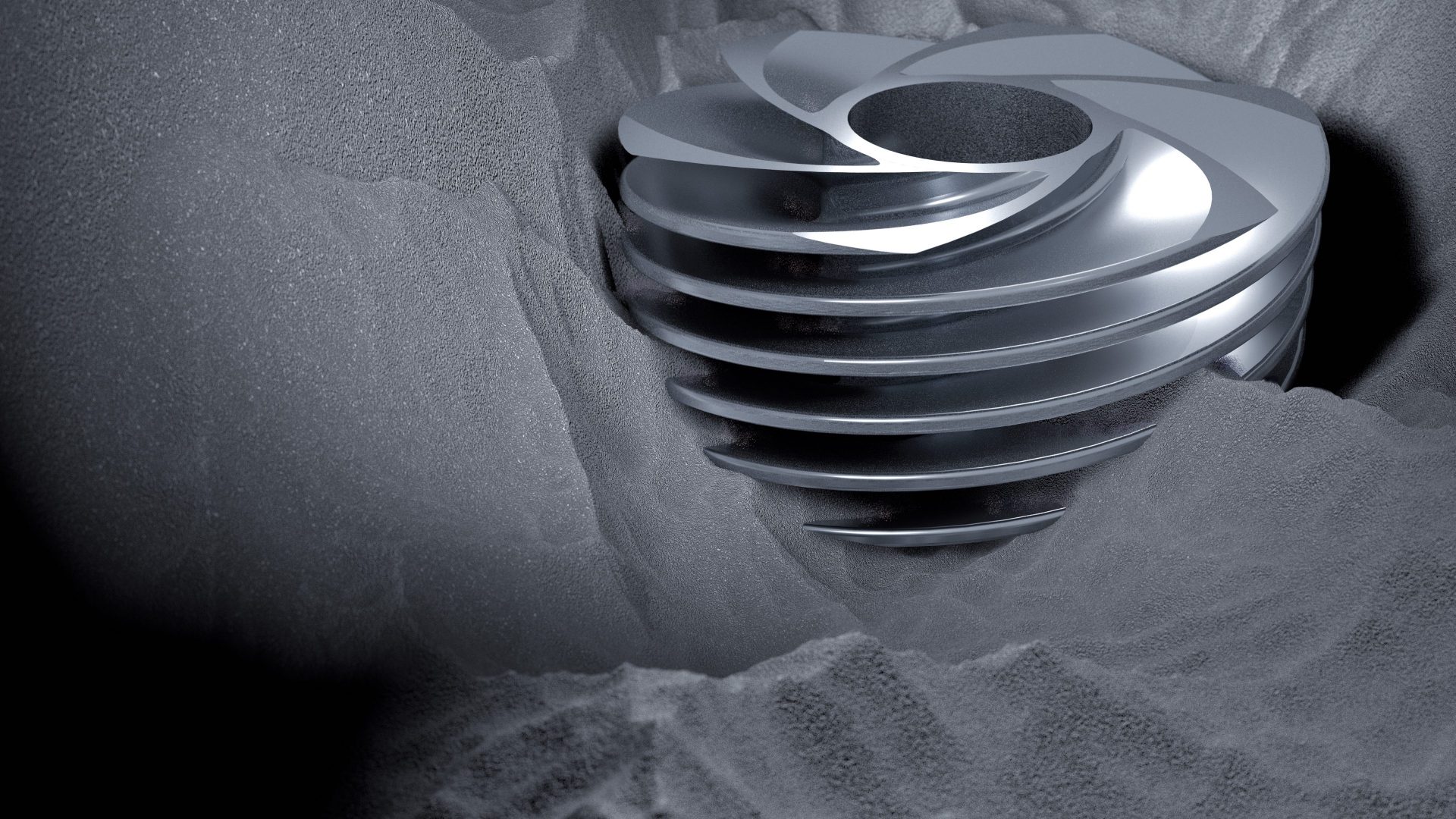

Powder Metallurgy
Metal Powder Analysis & Characterization
Highlights
The initial quality and the further treatment of the metal powders used for additive manufacturing processes plays an important role in the quality and properties of the final product. Parameters like particle size, distribution and particle morphology are established, but these represent only the “mechanical” part of the characterization, neglecting metallurgical and chemistry effects although particle chemistry impacts the fundamental performance of the final printed or molded parts.
To ensure that the final parts made with these techniques meet the rigorous requirements of medical, automotive, and aerospace applications, metal powders used as inputs must be fully characterized and monitored though out the production cycle: during the powder atomization/production process, upon incoming QA/QC at the part production facility, during storage and part production, and after powder recycling. Especially the powder recycling process on expensive high-end alloy like Ti64, AlSi10Mg is delicate but determines the number of recycling steps and therefore the yield of the entire process.
Powder Metallurgy Resources
- Elemental Analysis solutions in Additive Manufacturing: A Powder Metallurgy case study (Bruker & Rosswag)
- Overview of powder metallurgy solutions
- Euro PM 2019 conference (Maastricht, Netherlands): “Relevance of oxygen and hydrogen determination in additive manufacturing and powder recycling.”
- HIP 2014 conference (Stockholm, Sweden): “Measuring the gas content and impurities in the argon and chemical reacted gas used to compact near net shape parts and castings.”
- Bruker FIRST Newsletter (July 2017): “Analytical Solutions for Powder Metallurgy and Additive Manufacturing”